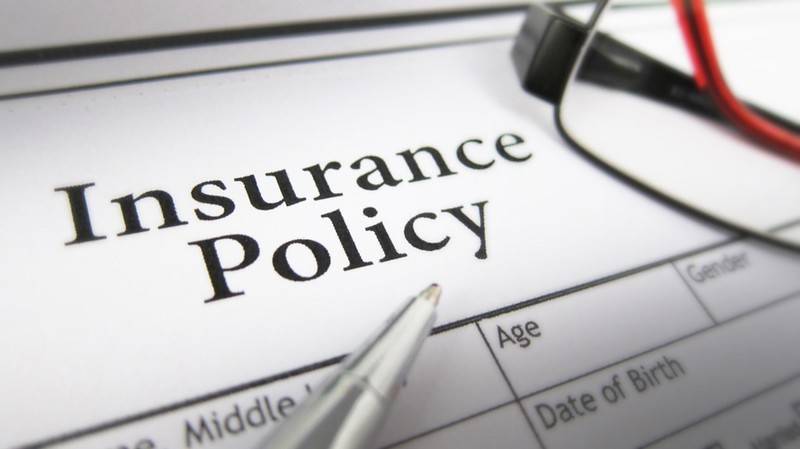
Owning a small real estate business is anything but easy, and having the right insurance is vital to protecting the assets you’ve invested so much in. Most small businesses focus on four types of insurance: property, liability, business auto, and workers compensation. These coverages are important. But they protect the corporate organization, not the individuals running it.
That’s where directors and officers (D&O) insurance comes in. D&O protects the personal assets of corporate owners, directors and officers in the event that they are personally sued by investors, employees, vendors or any other party for things such as (actual or alleged) misuse of company funds, fraud, theft of intellectual property, and various other business claims.
Do small, private companies need D&O coverage?
It’s a common misconception that only public companies need D&O coverage. All too often, overconfidence based on either past experience, or no experience has led small business owners to overlook the possibility of targeted litigation.
You don’t have to have deep pockets to be personally sued over the management of your company. In fact, executives in smaller businesses tend to put themselves at greater risk by participating in various business activities on a variety of levels, which makes them more accountable to a greater number of people.
Even start-ups aren’t exempt from legal challenges. Inexperienced executives can make unrealistic promises to investors or rookie HR mistakes. And with less funds to divert to litigations, the right coverage can make a big difference in whether these companies survive.
Another important consideration is the recruitment boost D&O coverage might provide for your company. If you’re looking to expand leadership and ensure you have the right personnel on your Board of Directors, qualified leaders are going to want to know that their personal assets are covered while working at your company.
Claim up to $26,000 per W2 Employee
- Billions of dollars in funding available
- Funds are available to U.S. Businesses NOW
- This is not a loan. These tax credits do not need to be repaid
What does D&O cover?
While D&O does not cover proven instances where laws are deliberately broken, such as fraud or intentional non-compliant acts, it does protect company leadership from those allegations as well as the following:
- Breach of duty
- Mismanaged funds
- Employment practices and HR issues
- Failure to comply with regulations
- Competitor claims
While these are the most common instances where D&O coverage would kick in, there are others. A recent example is, that while most business insurance policies do not include communicable disease coverage, in many cases D&O would cover any legal costs related to claims that company leadership did not respond appropriately to the coronavirus.
Assessing D&O risk when going public
Already in 2021, there have been 500 initial public offerings (IPOs) on the U.S. stock market.[1] That’s a 590% increase from the same time last year, which saw an unprecedented 480 IPOs.[2]
If your private real estate company is taking steps toward an IPO, your business process may have to change as you are taking on new risks. From a risk perspective, an IPO marks the end of one company and the birth of a new one.
All too often, directors and officers of both entities are unaware of the new level of risk they face and are confident they’re covered against claims. To help protect them, follow these steps to help fill the gaps left by traditional insurance coverage when going public:
- Review your existing insurance program and determine your limits. It’s essential to understand the insurance already in place for your company before starting the process of going public to determine any gaps in coverage. You should also work with your broker to determine the legal insurance requirements for a public corporation, compared with those of a private business. It’s important to make sure the right coverage is in place before any public statements are made on the prospectus as the company approaches its IPO.
- Understand the type of policy you need. Private D&O coverage offers broad entity coverage to protect the corporation while public D&O coverage can become much more restrictive and expensive due to the increase in stakeholders. For example, public D&O coverage may be triggered only to protect individual directors and officers or protect the company along with the individuals. It is worthwhile to negotiate or consider broader coverage, especially when it comes to employment practices liability (EPLI) coverage, corporate protection or other excluded areas.
- Arrange for roadshow coverage. One area often overlooked is the IPO roadshow, in which directors make presentations to raise demand from institutional investors. These presentations are made when the company is still private, but the roadshow may be specifically excluded from your existing D&O policy — and any litigation stemming from misrepresentations made during presentations may not be covered. This gap in coverage should be addressed on your private insurance policy, since it happens before the company goes public.
Transitioning from a private to a public company is a big change, but it doesn’t mean your business, or your directors and officers should be at risk. Work with your broker to ensure you secure appropriate coverage.
Author Bio
Matthew Studley is Vice President of Financial Services for Hub International, focusing on executive liability insurance and risk management consulting. Hub International is a leading global insurance brokerage that provides property and casualty, life and health, employee benefits, investment and risk management products and services through offices located in the United States, Canada and Latin America.
[1] Stock Analysis, “2021 IPOs,” June 7, 2021.
[2] CPE Analytics, “2020 Canadian IPO mixed results – number (77) down, amount ($5.55B up driven by PE-backed IPOs,” January 5, 2021



